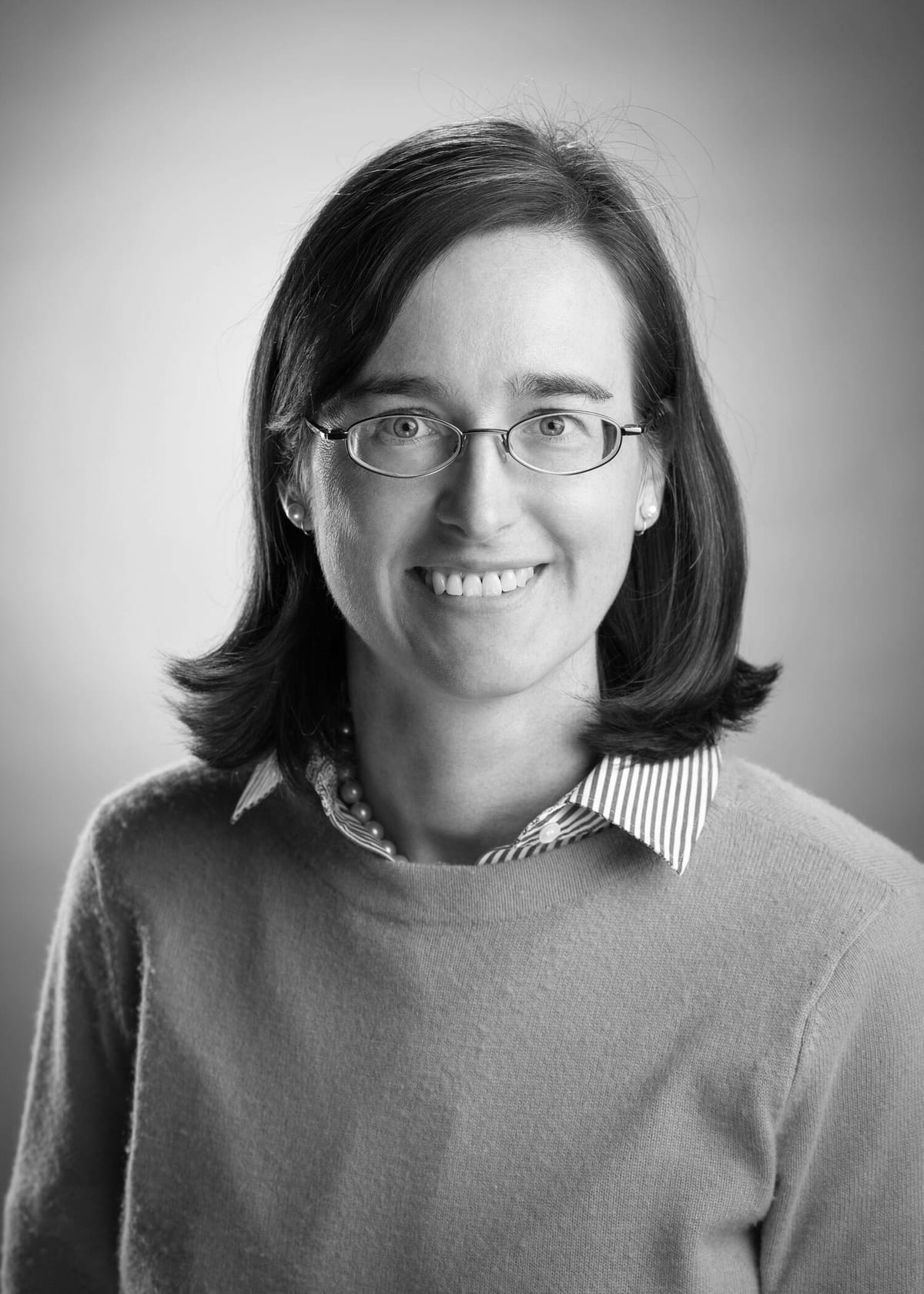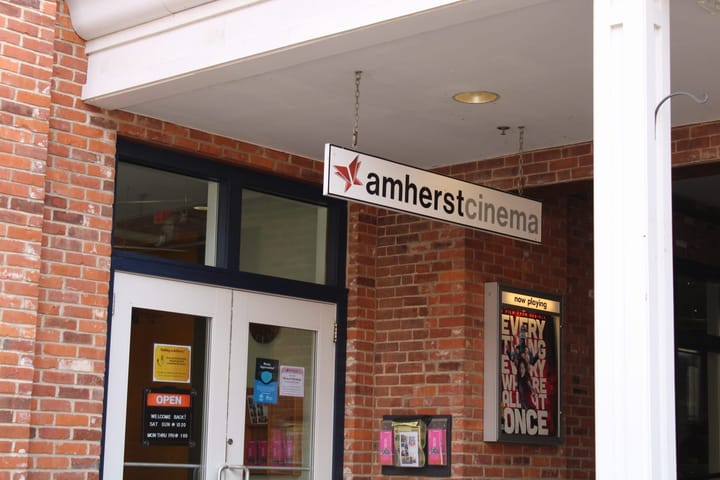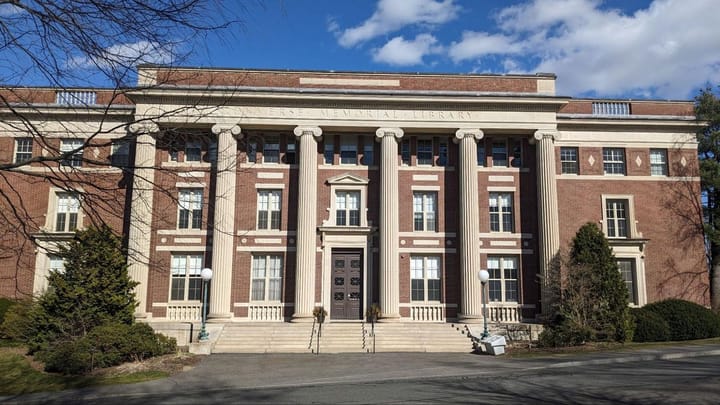Curator Pursues Passion for Objects of the Past

For Tara Gleason Chicirda ’94, there is no such thing as a dull day. As the curator of furniture for the Colonial Williamsburg Foundation in Williamsburg, Virginia and the mother of a 12-year-old boy, her days are full of constant activity, moving from her office to the historic grounds and museums of Colonial Williamsburg, the world’s largest living history museum featuring 18th-century shops and houses.
Days Spent Among Relics of the Past Chicirda’s job managing Colonial Williamsburg’s extensive furniture collection requires enormous coordination; Chicirda must carefully organize bringing the object out of storage and incorporating it into the historic area before crowds of visitors flock to the museum. She fills her days giving tours and lectures, communicating with donors and designing the exhibitions themselves.
Research into historical objects is essential for all of her tasks. Chicirda’s favorite part of her job is sharing all this research with the public to “let them realize how cool the objects and furniture are.”
“With material culture [the study of history through objects], the objects are telling us so much about the past,” she said.“Someone might just see a chair or a spice box, but there is so much about how it came to be that way. There is a lot to learn there.”
The Spark of a Passion A passion for studying history through the stories of specific objects defines Chicirda’s professional career, and it began in one Amherst course. A material culture course by Professor Kevin Sweeney of the American studies and history departments, is “what really opened [her] eyes to this field.”
Even years later, Sweeney still remembers the papers Chicirda wrote in his class — one on a card table in the Mead Art Museum’s collection and another on the Emily Dickinson house. His lasting memory is certainly a testament to her natural talent in this field. “It was very surprising how well she did in the class and her aptitude for this field because she didn’t really have a background in it,” he remembers. “She was both extremely observant and very good at making connections with her observations to larger historical concerns.”
For Chicirda’s paper on the card table, Sweeney recalls being impressed by the fact that she noticed that the four legs were all slightly different — a feature that students who had written about the same table in previous years had failed to notice. Chicirda’s paper on the Emily Dickinson house, written before the recent surge of professional academic analysis on the house and its furniture, impressed Sweeney even more. Chicirda closely observed the house and tied her observations together to analyze how the house might have changed over time.
Sweeney was so impressed that he gave a copy of her paper to Myron Stachiw, a leading historian of early New England architecture, who was shocked by both the paper’s high quality and the fact that Chicirda was only an undergraduate with little prior experience in the field.
Chicirda continued developing her talent for material cultural history in her senior thesis, which took a similar approach to her research on the Dickinson House. She thoroughly analyzed the Porter-Phelps-Huntington House, a historic house museum in Hadley, Massachusetts. She formed a historical analysis of the family that lived there by studying the several generations of furniture in the house.
To Sweeney, Chicirda’s ability to draw broad historical conclusions from objects and furniture “was quite striking. The aptitude was there,” he said, “and so was the general intelligence.”
Taking his course initiated what Chicirda calls the “progression” that led her to where she is today. Each opportunity she took in the field of material culture laid the foundation for her next step. After Sweeney’s class, she participated in a summer fellowship program at Historic Deerfield, a museum of historic homes in Deerfield, Massachusetts. After graduating from Amherst, she completed a master’s degree in Early American Material Culture at the University of Delaware, one of the top material culture programs in the country.
Liberal Arts as a Map to a Winding Road Six years after getting her master’s, Chicirda successfully applied for the job at Colonial Williamsburg and has remained there for the last 16 years. Because of the limited number of job opportunities in the field, Chicirda joked, “once people find the job they like, they stay.”
Yet, Chicirda’s road to her current job — and the field as a whole — was a winding one. She arrived at Amherst expecting to major in biology, after experiencing great support from her high school biology teachers at The Brearley School in New York City. However, upon arriving, she found that the department with the most similar level of personal support on campus was the history department.
Amherst’s liberal arts philosophy was essential to Chicirda navigating what she was most interested in pursuing during her time at Amherst.“It gave me lots of time to figure out what I wanted to do,” Chicirda said, adding that she took courses in everything from French and German to biology and psychology before deciding to major in history.
“It gave me a chance to explore — I think that’s important to do because you don’t know what you want to do when you’re a college freshman. A big part of the liberal arts education is finding something you know and love,” she added. This appreciation for the liberal arts runs throughout Chicirda’s family; her husband graduated from Amherst in 1992 and her sister walked across the stage in 1993. Now her 12-year-old son has his eyes set on following his parents’ footsteps.
Personal Change, Marked by Compassion Looking back at her own time at Amherst, Chicirda said the college senior version of herself wouldn’t be surprised to learn she is now working in a museum. Rather, the New York City-native might have been surprised to know that she and her family now live in Virginia and has brought her in-laws there with her. On a more serious note, Chicirda said that her younger self would be truly proud of the strides she’s made in becoming more comfortable with public speaking; she now gives tours and lectures regularly, while in college she was, in her own words, the “quiet person in class who never talked.”
Sweeney observed this growth happening even before Chicirda crossed the stage at graduation. “She certainly became more confident over time,” he said. “[Material culture] grabbed her interest … As she was doing it, she did it well, which spoked her confidence.”
“She was a fairly quiet person, and as she became more sure in articulating what she was seeing, she became more confident,” he said.
Chicirda’s long-time friend Michael Abramowicz ’94, mentioned that her shyness has never been a hindrance to Chicirda. “Tara is a quiet person, and I suppose that if she took a personality test, she would score as an introvert,” Abramowicz said. “But, that did not stop her from participating in a wide range of activities — one does not usually think of introverts playing rugby — and cultivating a wide range of friends. Tara genuinely sees the best in people and cares deeply about people. ”
Sweeney echoed a similar sentiment about Chicirda’s experience playing rugby at Amherst — one of the three sports teams, including soccer and ice hockey, she played in college. “I remember one day she showed up with a triple fracture,” he said, laughing. “It always seemed slightly incongruous to me: here was this quiet, really refined person playing rugby.”
However, Chicirda’s interest in sports does speak to her personality as someone who cares deeply for others, a trait that defined both her time at Amherst and her life today. “She was always comfortable interacting with anyone, regardless of the person’s background, interests or personality,” said Abramowicz. “I imagine that her extraordinary empathy helps in her job, both as [she] conceives of the individuals who at one time built or bought furniture masterpieces and as she relays the importance of the pieces to others.”
And, it does. Material culture, to Chicirda, “is about so much more than the objects themselves; it’s really about the people,” she said.
Though Chicirda left Amherst fulfilled by her experience, she would urge that 22-year-old version of herself — as well as current Amherst students — to try new things more often. She has found experimenting with new topics and venturing outside her comfort zone to be incredibly rewarding, so she encourages young people to do the same — and, of course, to take advantage of the museums.
Corrections: In the original version published on Nov. 9 Chicirda was incorrectly reffered to as the associate furniture curator. She is the curator of furniture.
In the original version of this article, it was incorrectly stated that Chicirda began work at Colonial Williamsburg two years after finishing her masters degree, but she began there six years after her masters.





Comments ()